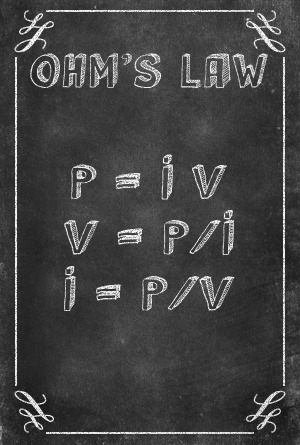Until quite recently, good quality MPPT (maximum power point tracking) controllers were very expensive, but prices are coming down quite quickly. The Victron BlueSolar range, for example, starts at less than £100, so most solar systems are now using MPPT technology. There is a lot of hype about the performance of MPPT controllers, with some claiming to be 40-50% better than standard controllers. Whilst it is true that MPPT is better, they aren’t quite that much better in some situations. Where possible, we do tend to specify an MPPT controller.
Unlike standard PWM (pulse width modulation) charge controllers, MPPT controllers work by separating the voltage of the batteries from the voltage of the solar panels. When a PWM controller has to reduce the solar panel voltage to that of the batteries, some power is lost in the process, due to Ohm’s Law. With MPPT controllers, this loss is overcome, as the controller is able to optimise the charging current, regardless of voltage.
Example:

A 100W panel at 17.5V produces 5.7A (100W divided by 17.5V). Using a PWM controller, this voltage is reduced to 14V on the battery side, but the current stays the same. The result is that instead of having 100W to charge the batteries, only 80W is available (5.7A multiplied by 14V). However, an MPPT controller maintains 100W on the battery side and the current and voltage both change. In this case, the controller maximises this 100W by increasing the charging current to about 7A (100W divided by 14V), a 20% improvement.
As well as optimising the charging current, MPPT controllers allow more flexibility in system design. Since we can now have a large difference between the battery voltage and the solar panel voltage, we can connect panels together in series to create single array. Connecting panels in series adds the voltage together, but the current stays the same. So, for example, connecting three 100W panels together creates an array of about 50V. This higher voltage means that, not only can we use a single cable to connect to the controller, but we can also use a thinner cable, as there is less voltage loss when the voltage is high and the current low.




